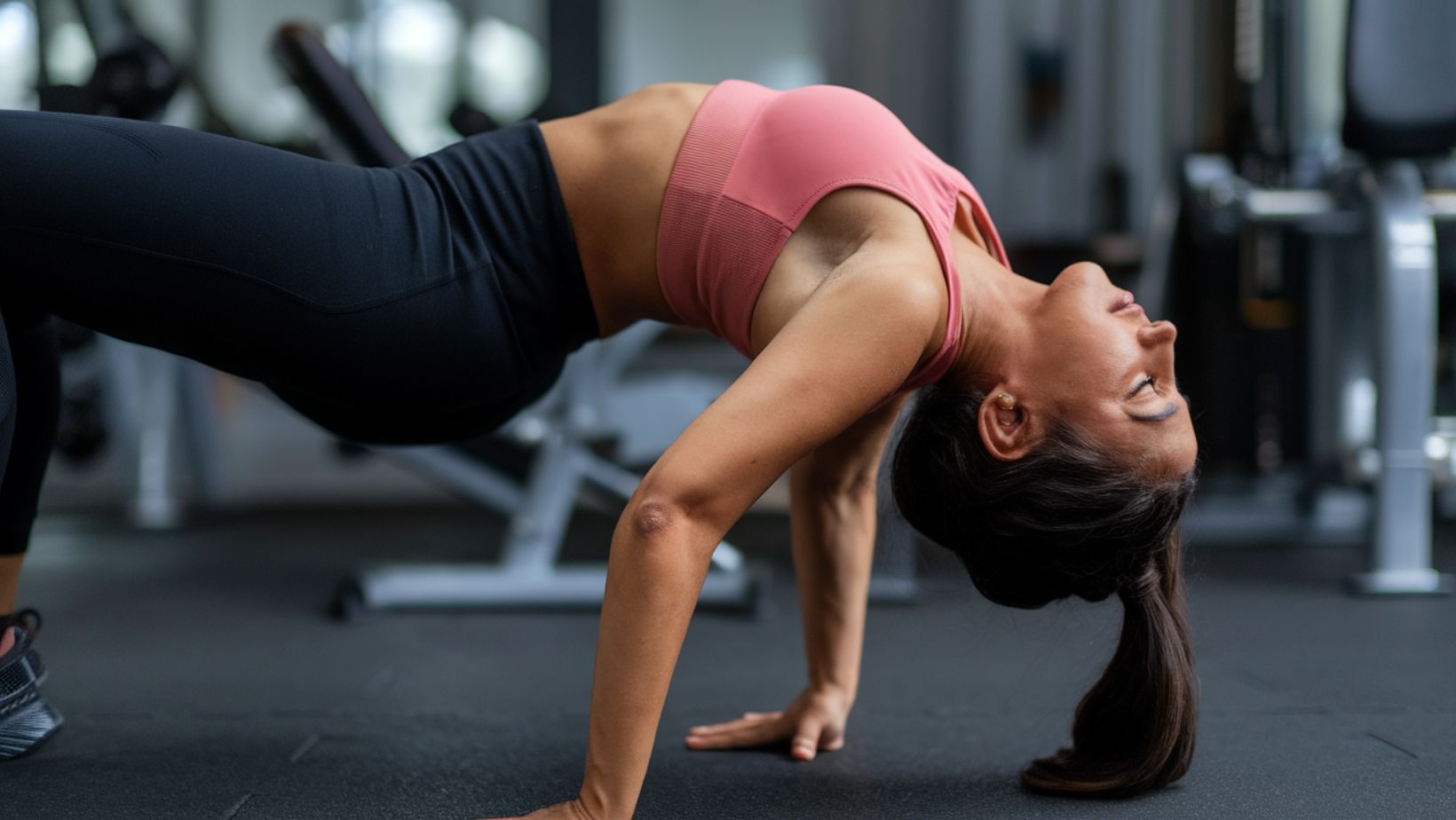Looking to transform your glutes in just one month? Ever wondered why some people achieve remarkable results while others struggle despite countless hours in the gym? What if there was a proven, science-backed approach to building stronger, more shapely glutes that doesn’t require hours of mindless exercises?
The answer lies in a strategic 30-day program that combines progressive overload, proper form, and targeted activation – and it’s revolutionizing the way fitness enthusiasts approach glute training.
The Hip Thrust Emerges as the Ultimate Foundation for Glute Development
Research from the Journal of Sports Science and Medicine reveals that the hip thrust generates up to 204% more glute activation compared to traditional squats. This cornerstone exercise has gained prominence in recent years, with EMG studies confirming its superiority in targeting the gluteus maximus. The key lies in the exercise’s unique ability to maintain constant tension throughout the movement, particularly at the top position where maximum glute contraction occurs.
A Precise Four-Week Progressive Program Delivers Measurable Results
The journey begins with mastering proper form through bodyweight repetitions. Week one focuses on establishing neural pathways with 3 sets of 12 repetitions using only body weight. By week two, athletes progress to weighted variations, performing 4 sets of 12 repetitions. The third week introduces higher volume with 4 sets of 15 repetitions, while the final week challenges participants with 5 sets of 15 repetitions at their maximum manageable weight.
Equipment Selection Plays a Crucial Role in Optimization
While beginners can start with bodyweight exercises, proper equipment becomes essential for progression. A sturdy bench set at 12-16 inches height, a barbell or weights for resistance, and a thick pad for hip protection form the basic requirements. Studies show that maintaining the correct bench height optimizes glute activation by ensuring proper hip extension angles.
Form Mastery Determines Exercise Effectiveness
Proper technique involves positioning the upper back against a stable bench, feet planted shoulder-width apart, and knees bent at approximately 90 degrees. The driving force should come through the heels, with a two-second pause at the top to maximize glute contraction. A neutral spine position must be maintained throughout the movement, with the chin slightly tucked to prevent cervical strain.
Scientific Research Supports the Power of Progressive Overload
Studies published in the International Journal of Sports Physical Therapy demonstrate that progressive overload principles, when applied correctly, can lead to significant muscle hypertrophy within 30 days. The key lies in gradually increasing either the weight, volume, or both while maintaining proper form and allowing adequate recovery between sessions.
Common Mistakes Can Hinder Progress and Results
According to fitness industry data, the most frequent errors include insufficient glute activation before the main sets, improper back positioning, and inadequate hip extension at the top of the movement. Additionally, rushing through repetitions without proper control and failing to maintain tension throughout the exercise can significantly reduce its effectiveness.
Nutrition and Recovery Form Essential Components of the Program
Research indicates that protein intake of 1.6-2.2g per kilogram of body weight optimizes muscle growth and recovery. Adequate sleep, proper hydration, and strategic rest days between training sessions prove crucial for maximizing results within the 30-day timeframe.
Success Stories Validate the Programs Effectiveness
Recent case studies document impressive results, with participants reporting average glute circumference increases of 1-2 inches within the 30-day period when following the program precisely. These outcomes are attributed to the combination of proper progression, form maintenance, and consistency in execution.
Supplementary Exercises Enhance Overall Results
While hip thrusts form the foundation, complementary exercises such as Bulgarian split squats, banded glute bridges, and Romanian deadlifts contribute to comprehensive glute development. These movements target different aspects of the gluteal muscles, ensuring balanced development and functional strength.
Modern Technology Aids in Progress Tracking
Contemporary fitness apps and tracking tools enable practitioners to monitor their progression accurately. From recording weights and repetitions to analyzing form through video analysis, technology plays a crucial role in optimizing results and maintaining motivation throughout the 30-day journey.
